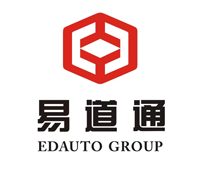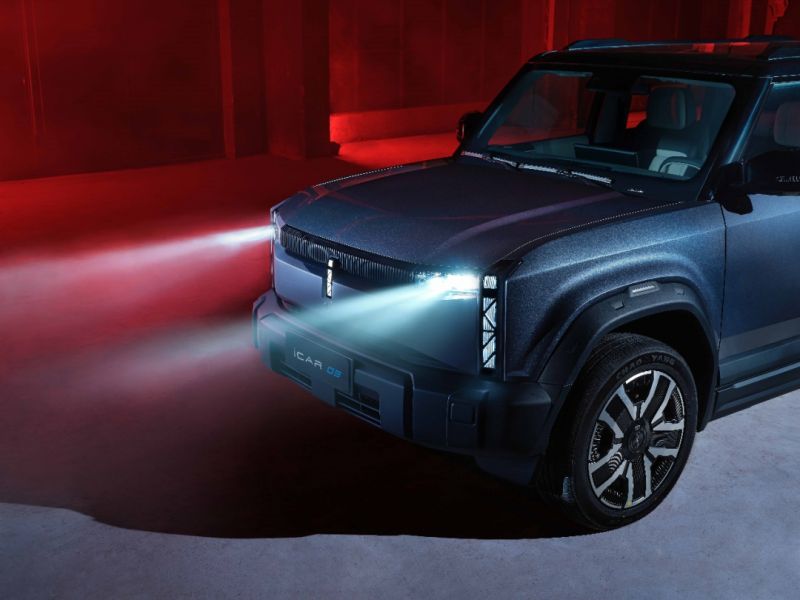At present, the new energy vehicle category has far surpassed that in the past and has entered a “blooming” era. Recently, Chery released iCAR, becoming the first box-shaped pure electric off-road style passenger car; BYD’s Honor Edition has brought the price of new energy vehicles below that of fuel vehicles, while the Look Up brand continues to push the price to new levels. high. According to the plan, Xpeng Motors will launch 30 new cars in the next three years, and Geely’s sub-brands are also continuing to increase. New energy vehicle companies are setting off a product/brand craze, and its momentum even exceeds the history of fuel vehicles, which had “more children and more fights”.
It is true that due to the relatively simple structure, high degree of intelligence and electrification of new energy vehicles, the cycle from project establishment to vehicle launch is much shorter than that of fuel vehicles. This also provides convenience for companies to innovate and quickly launch new brands and products. However, starting from market demand, car companies must clarify the strategies of “multiple births” and “eugenics” to better gain market recognition. ”Multiple products” means that car companies have rich product lines that can meet the needs of different consumers. But “proliferation” alone is not enough to ensure market success, “eugenics” are also needed. This includes achieving excellence in product quality, performance, intelligence, etc., as well as enabling products to better reach target consumers through precise market positioning and marketing strategies. Some analysts pointed out that while new energy vehicle companies are pursuing product diversity, they should also focus on product optimization and innovation. Only by truly “producing more and eugenics” can we stand out in the fierce market competition and win the favor of consumers.
01
Product richness unprecedented
On February 28, iCAR 03, the first model of Chery’s new energy vehicle brand iCAR, was launched. A total of 6 models with different configurations were launched. The official guide price range is 109,800 to 169,800 yuan. This model targets young people as its main consumer group and has successfully lowered the price of pure electric SUVs to the 100,000 yuan range, making a strong entry into the A-class car market. Also on February 28, BYD held a grand super launch conference for the Han and Tang Honor Editions, launching these two new models with a starting price of only 169,800 yuan. In the past half month, BYD has released five Honor Edition models, whose distinguishing feature is their affordable price.
Entering March, the wave of new car launches has become increasingly fierce. On March 6 alone, 7 new models were launched. The emergence of a large number of new cars not only continuously refreshes the bottom line in terms of price, but also makes the price gap between the pure electric vehicle market and the fuel vehicle market gradually narrow, or even lower; in the field of mid-to-high-end brands, the continuous improvement of performance and configuration also makes the competition in the high-end market more intense. Intense hair. The current automobile market is experiencing an unprecedented period of product enrichment, which even gives people a sense of overflow. Major independent brands such as BYD, Geely, Chery, Great Wall, and Changan are actively launching new brands and accelerating the pace of new product launches. Especially in the field of new energy vehicles, new brands are springing up like mushrooms after a rain. The market competition is extremely fierce, even within the same company. There is also a certain degree of homogeneous competition among the different new brands under the brand, making it increasingly difficult to distinguish between brands.
02
“Make rolls quickly”
The price war is intensifying in the field of new energy vehicles, and fuel vehicles are not to be outdone. They have further intensified the intensity of the price war in the auto market through diversified marketing methods such as replacement subsidies. This price war is not limited to price competition, but also extends to multiple dimensions such as service and brand. Chen Shihua, deputy secretary-general of the China Association of Automobile Manufacturers, predicts that competition in the auto market will become even more intense this year.
Xu Haidong, deputy chief engineer of the China Association of Automobile Manufacturers, said in an interview with a reporter from China Automobile News that with the continuous expansion of the new energy vehicle market and the improvement of the overall strength of enterprises, new energy vehicles have gradually gained a say in pricing. Nowadays, the pricing system of new energy vehicles no longer refers to fuel vehicles and has formed its own unique pricing logic. Especially for some high-end brands, such as Ideal and NIO, after establishing a certain brand influence, their pricing capabilities have also increased. Then it improves.
As leading new energy vehicle companies have increased their control over the supply chain, they have become more stringent in their management and control of the supply chain, and their ability to reduce costs and increase efficiency is also constantly improving. This directly promotes the reduction of costs in all aspects of the supply chain, which in turn drives product prices to continue to drop. Especially when it comes to the procurement of electrified and intelligent parts and components, these companies have changed from passively accepting quotes from suppliers in the past to using huge purchase volumes to negotiate prices, thus continuously driving down the cost of parts procurement. This scale effect allows the price of complete vehicle products to be further reduced.
Facing the fierce market price war, car companies have adopted the strategy of “quick production”. Car companies are working hard to shorten the development cycle of new energy vehicles and speed up the launch of new models to seize opportunities in various market segments. While prices continue to drop, car companies have not relaxed their pursuit of product performance. While they improve vehicle mechanical performance and driving experience, they also make smart equality the focus of current market competition. At the launch of iCAR03, the relevant person in charge of Chery Automobile said that by optimizing the combination of AI software and hardware, iCAR03 aims to provide young people with a cost-effective intelligent driving experience. Today, many models on the market are pursuing higher-performance smart driving experiences at lower prices. This phenomenon is ubiquitous in the automotive market.
03
“Eugenics” cannot be ignored
As products become increasingly abundant and prices continue to drop, car companies’ “multi-generation” strategy is accelerating. Almost all companies are inevitable, especially independent brands. In recent years, mainstream independent brands have implemented multi-brand strategies to capture more market share. BYD, for example, already has a full range of product lines from entry-level to high-end, including five brands. According to reports, the Ocean series focuses on the young user market with 100,000 to 200,000 yuan; the Dynasty series targets mature users with 150,000 to 300,000 yuan; the Denza brand focuses on the family car market with more than 300,000 yuan; and the Fangbao brand also targets the market. The market is above 300,000 yuan, but it emphasizes personalization; the upsight brand is positioned in the high-end market with a million yuan level. The product updates of these brands are accelerating, and multiple new products will be launched within a year.
With the release of the iCAR brand, Chery has also completed the construction of the four major brand systems of Chery, Xingtu, Jietu and iCAR, and plans to launch new products for each brand in 2024. For example, the Chery brand will simultaneously develop fuel and new energy routes and continuously enrich the four major series of models such as Tiggo, Arrizo, Discovery and Fengyun; the Xingtu brand plans to launch a variety of fuel, plug-in hybrid, pure electric and Fengyun models in 2024. Extended range models; Jietu brand will launch a variety of SUVs and off-road vehicles; and iCAR will also launch an A0-class SUV.
Geely also fully covers the high, middle and low-end market segments through multiple new energy vehicle brands such as Galaxy, Geometry, Ruilan, Lynk & Co, Smart, Polestar, and Lotus. In addition, new energy brands such as Changan Qiyuan, Shenlan, and Avita are also accelerating the launch of new products. Xpeng Motors, a new car-making force, even announced that it plans to launch 30 new cars in the next three years.
Although these brands have launched a large number of brands and products in a short period of time, not many can truly become hits. In contrast, a few companies such as Tesla and Ideal have achieved high sales with limited product lines. Since 2003, Tesla has sold only 6 models in the global market, and only Model 3 and Model Y are mass-produced in China, but its sales volume cannot be underestimated. Last year, Tesla (Shanghai) Co., Ltd. produced more than 700,000 cars, of which the annual sales of Model Y in China exceeded 400,000. Similarly, Li Auto achieved sales of nearly 380,000 vehicles with 3 models, becoming a model of “eugenics”.
As Wang Qing, deputy director of the Institute of Market Economics of the Development Research Center of the State Council, said, in the face of fierce market competition, companies need to deeply explore the needs of various market segments. While pursuing “more”, companies should pay more attention to “excellence” and cannot blindly pursue quantity while ignoring product quality and quality creation. Only by using a multi-brand strategy to cover market segments and becoming better and stronger can an enterprise truly make a breakthrough.
Post time: Mar-15-2024





